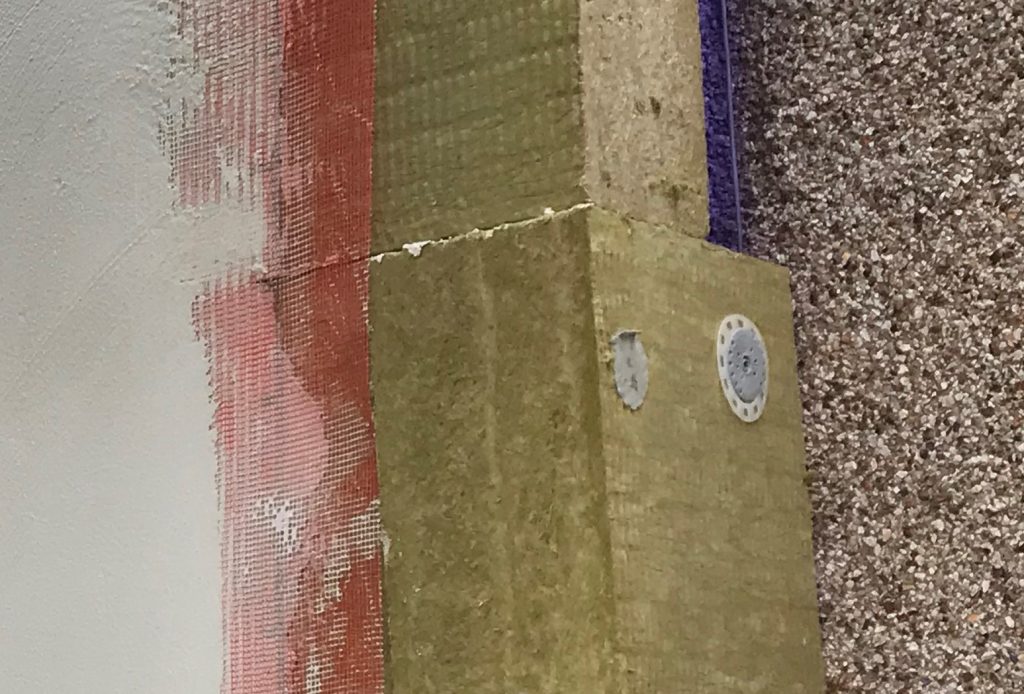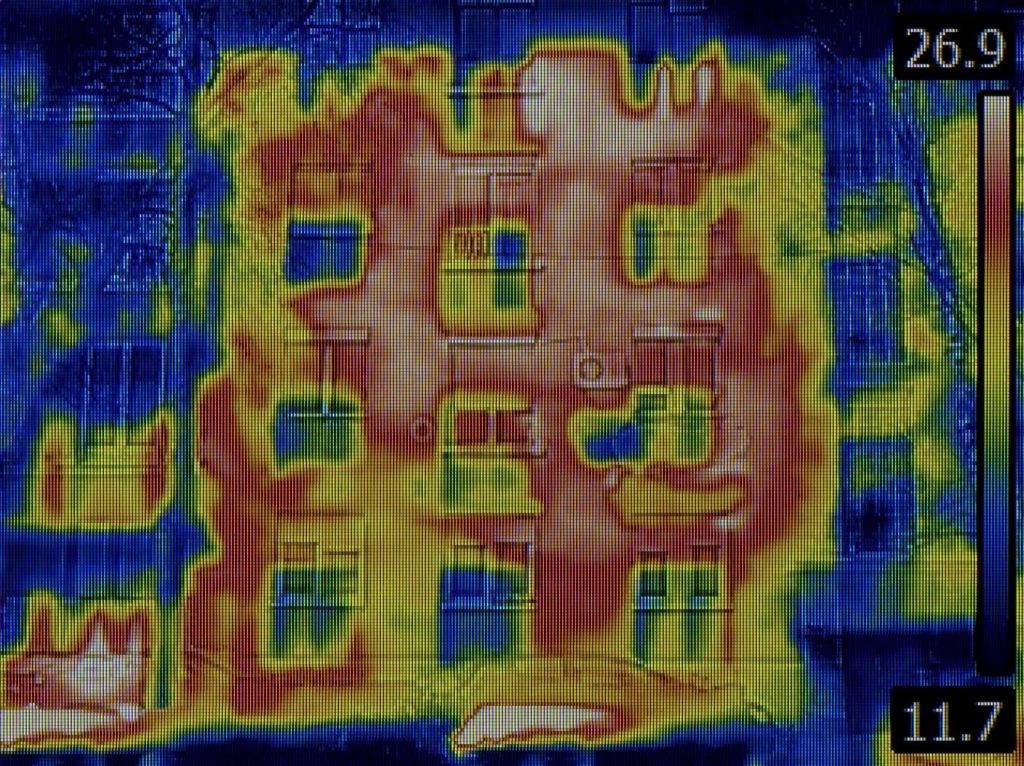There are two principal approaches to retrofit, ‘one-off’ whole-building or ‘over time’ step by step.
Whole building sees the structure as a system of different elements/interfaces with users that interact with each other. The retrofit is not a replacement of individual processes that are independent of each other, and also separate from the users’ lifestyle and practices.
Step by step undertakes isolated measures. These may be driven by regulation or policy, grant-aid availability, life span replacement or a system failure. This is a piecemeal approach that does not consider the interaction between the systems.
In the ‘whole building’ approach, the risk of not achieving the ultimate performance outputs is relatively low and is easier to evaluate at design stage, during the works and afterwards. In a situation where retrofit projects are carried out over time, there are risks where different techniques and interventions are not undertaken ‘as a whole’. The isolated measures ‘lock-in’ constraints and compromise future interventions that are likely to be undertaken by different people (designers and installers) none of whom may have responsibility for overall outcome or operational problems. Thermal imaging and air permeability tests after the works are completed may show that the whole building has not reached the desired energy performance.
This outlines why a main contractor like Coombs is an essential part of your net zero strategy.


